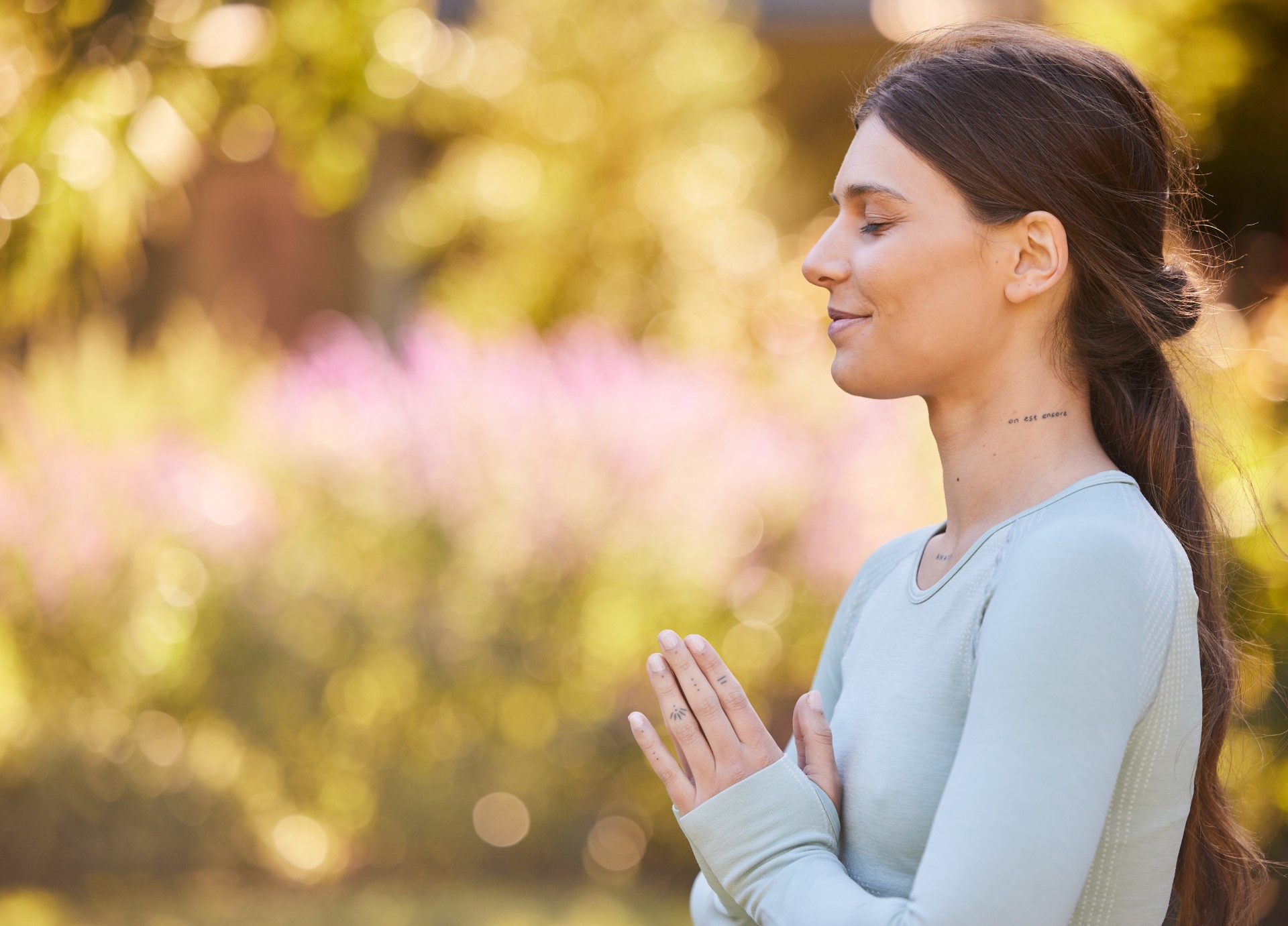Meditation is an ancient practice with numerous benefits for mental and physical health. Yet, in our often hectic modern lives, finding the time to sit down and meditate can seem challenging. The good news is that even the busiest individuals can incorporate meditation into their daily routine with a few simple adjustments and practical strategies. Here’s how to do it.
Why Meditate? Before diving into tips for fitting meditation into your schedule, it’s important to understand why this practice is so beneficial:
- Stress Reduction: Meditation helps calm the mind and lower cortisol levels, the stress hormone.
- Improved Focus: Regular meditation can enhance your concentration and mental clarity.
- Emotional Well-being: It fosters a positive mindset and reduces symptoms of anxiety and depression.
- Physical Health: Meditation can lower blood pressure, improve sleep quality, and strengthen the immune system.
Tips for Integrating Meditation into Your Daily Routine
- Start Small
There’s no need to begin with long, intense sessions. Start with 5 to 10 minutes of meditation per day. This allows you to get accustomed to the practice without feeling overwhelmed. - Choose a Fixed Time
Incorporating meditation into your routine is easier if you practice it at a specific time each day. This could be in the morning right after waking up, during your lunch break, or before bedtime. - Create a Dedicated Space
Set up a quiet corner in your home where you can meditate undisturbed. This space can become your sanctuary of calm and peace, helping you get into the right mindset more quickly. - Use Meditation Apps
There are many meditation apps that can guide your sessions and make them more accessible. Apps like Headspace, Calm, and Insight Timer offer guided meditations of varying lengths and for different goals. - Integrate Meditation into Daily Activities
Meditation doesn’t have to be formal. Try mindfulness meditation by fully concentrating on a daily activity such as walking, eating, or even doing the dishes. The key is to stay present and attentive to what you are doing. - Be Flexible
If you miss a session, don’t be too hard on yourself. Meditation is a personal practice and should adapt to your life. The important thing is to persevere and find moments to meditate, even if it’s not always at the same time each day. - Make Meditation a Habit
Pair meditation with an existing habit. For example, you could meditate right after brushing your teeth in the morning. Linking meditation to a well-established daily routine makes it easier to practice regularly.
Maximizing the Benefits of Meditation
To get the most out of your meditation practice, here are some additional tips:
- Be Patient: The effects of meditation may take time to manifest. Be patient and persistent.
- Practice Kindness: Use meditation to cultivate kindness towards yourself and others. This can enrich your experience and overall well-being.
- Adapt Your Practice: There are many meditation techniques (guided meditation, mindfulness, transcendental meditation, etc.). Experiment to find the one that suits you best.
- Share Your Practice: Discussing your meditation experience with friends or joining a meditation group can provide additional support and reinforce your commitment.
Conclusion
Integrating meditation into your daily routine doesn’t require major changes or a lot of time. With short and regular sessions, a bit of flexibility, and patience, you can easily add this beneficial practice to your schedule. In return, you’ll enjoy reduced stress, improved focus, enhanced emotional well-being, and better physical health. With the NuvioBlyss device, your meditation practice will be even easier and more enjoyable.
So, why not start today?

